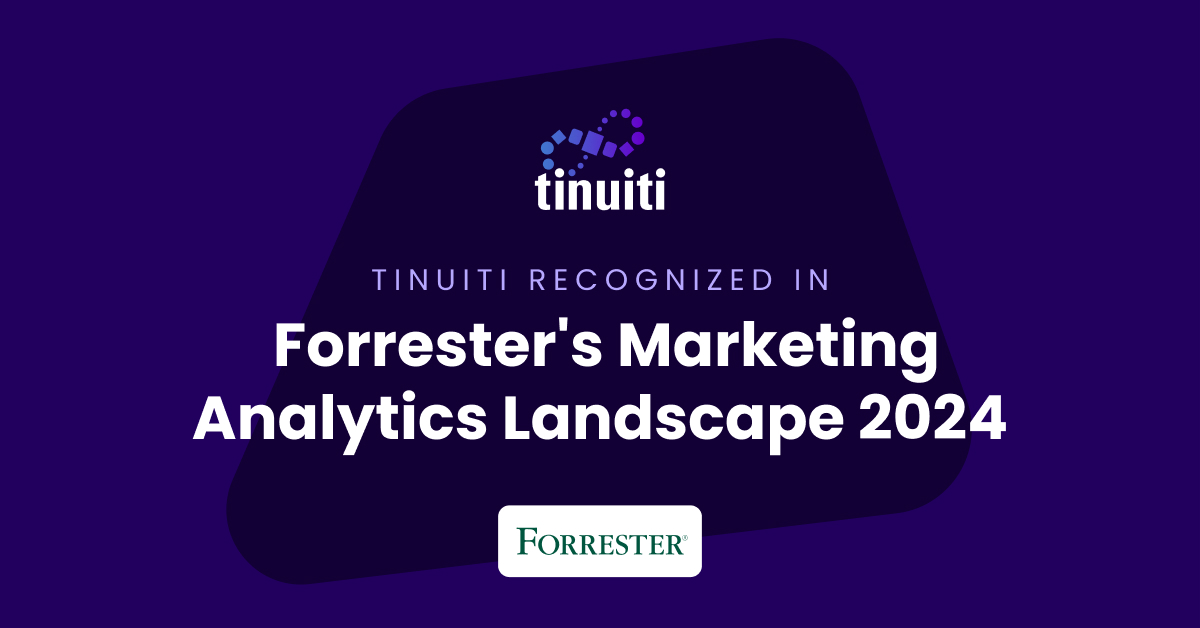“We can see in the platform, when our customers are scheduling events, whether they’re doing virtual, in-person or hybrid, and consistently we’re seeing hybrid as their answer.”
Eric Holmen, CEO of event marketing platform Splash, was responding to our observation that there seems to be consistent and enduring interest in hybrid events. Just over a year ago, Splash’s survey of 270 events professionals showed that 79% of companies expected to host events that include an online component even once in-person events resume. Fast forward to January this year and guess what? Splash’s latest “Getting Back to Business” survey shows that number holding steady: 79% of companies plan to host hybrid events in 2022.
Other headlines from the survey include:
- 50% of companies anticipate hosting more in-person events in 2022.
- 46% of companies anticipate hosting more virtual events in 2022 than they did in 2021.
- 38% of companies increased their event marketing budgets compared to only 28% in 2020.
Holmen sees both a positive and negative aspect to that persistent high number for hybrid events. “I think right now it’s for a different reason than it will be in six months from now,” he said. “Right now it’s because of the uncertainty of whether it will be possible to hold an in-person event. A hybrid/virtual insurance policy means I can still get my content into the market and not miss my event goals.”
Hybrid programs rather than just hybrid events
Nevertheless, excitement about hybrid events among Splash’s customer base is palpable. “They’re seeing that virtual is great for building a database while in-person is great for converting attendees,” he explained. “It’s not just about registrations and who attends and the ROI – which are all very important – but, stepping back a little bit, it’s also about building a database of the right people who may be future event attendees.“
Read next: Fearing Omicron wave, marketers less likely to attend upcoming in-person conferences
The concept of a hybrid event may be a little clearer than it was a year ago, but we asked what it meant to Holmen. “The word ‘event’ has such a poor definition,” he reminded us. “It could be a birthday party or it could be Dreamforce. The way we’re talking about hybrid now it’s more a part of a program; that could mean that you’re simulcasting a live event and streaming it, or it could mean that you’re going to re-broadcast a live event later. What we’re seeing a lot of is it’s part of a sequence where you might have a virtual event followed by an in-person event, and mixed in maybe another virtual event: so it’s more about a hybrid program than about the actual event.”
He’s also seeing a trend towards smaller events — another boost for hybrid. “Coming out of the pandemic what was very clear was that in-person events that are small are better. The win is intimacy, but it’s difficult to build mass. So if you’re going to have five or ten smaller events with less than fifty people, to get the mass you need for your event program you’re probably going to have to supplement with some virtual and we would consider that a hybrid event program.”
These trends are reflected in Splash’s investment in virtual capabilities with the January launch of Splash Studio, a clear admission that virtual and hybrid are here for the long haul. “If you’d asked me when I joined Splash two years ago, would we be doing virtual events, I’d have said, no, we’re going to focus where we’re strong, on in-person events.” The customer’s voice was the decisive factor. “The customers were saying, we want one platform that’s not just a webinar platform.”
So far, we’d been discussing hybrid event programs in the context of outward-facing customer events — but, of course, there’s another form of hybrid event with which everyone is familiar, especially as the drift back to the workplace continues. That’s the internal hybrid event, with some staff present and some participating remotely. Larger external and small internal hybrid events face a common dilemma. How does the remote audience not feel left out?
In concept, hybrid internal events go way back before video capabilities became commonplace — and before anyone would have called them “hybrid.” Remember conference calls? Those meetings with staff sitting around the table, plus one or more employees on a speakerphone, are largely being ignored. “I have 30,000 or more data points that teleconferences are terrible, especially for the person on the phone that no one is paying attention to,” said Joseph Allen, a psychologist, professor and director of the Center for Meeting Effectiveness at the University of Utah.
Why are meetings so terrible?
“Why are meetings so terrible and why isn’t anyone doing anything about it?” That’s the question that drives Allen, who describes himself as a “meeting scientist.” What is that? “It means that I study meetings, that my area of expertise is workplace meetings. It’s someone who applies the principles of scientific inquiry to the world of meetings in all their various forms.”
Allen has collaborated with Karin Reed on a just-released book, “Suddenly Hybrid,” a follow-up to last year’s “Suddenly Virtual.”
Reed explained her role in the partnership. “I’m a video communication expert,” she said. “I began my career as a broadcast journalist, won an Emmy along the way and various other awards. I left the business in 2004 to apply my skills in the corporate world. I found that I would be hired as a professional on-camera spokesperson. They were bringing in people from the corner office to appear on camera alongside me and expecting them to perform at the same level. That often did not go well. So I recognized this opportunity to teach people who never imagined they would be good on-camera communicators to be just that. During the pandemic, those skills became mission-critical because suddenly everybody was speaking through a camera.”
Reed and Allen started working together after meeting through mutual clients. In addition to the two books, they consult on how to improve meetings and meeting outcomes. Getting meetings — especially virtual or hybrid — right has never been more important.
“In February 2020,” said Allen, “nobody wanted to talk to me. In March and April, suddenly, everybody wanted to talk to me. The pandemic was a moment in time when suddenly we were very aware of how we communicate in this way, in hybrid ways.” Before that? “We just took for granted that meetings were terrible and this was the way life was.”
Reed agreed: “There was a meeting explosion during the pandemic. Meetings became more numerous and lasted longer. Video meeting after video meeting after video meeting. We are in more meetings now and business really needs to get done in those meetings; bad meetings can lead to bad meeting outcomes, so that needs to be addressed. And with hybrid meetings, the reason they’re more important today is that flexible work demands them. There has been a change in mindset where people want to be able to work from where they want to work – and hybrid meetings are the only way to connect people who are working from anywhere.”
The challenges of hybrid
“Hybrid meetings introduce a very complex communication environment,” explained Allen. “With a face-to-face meeting, there’s only one modality – face-to-face. With virtual, you typically have one modality, video-to-video. With hybrid, now you have face-to-face, video-to-video and potentially also audio-only. Just as we forgot about the people on the phone, we forget about people on video too. What that means is that, if you’re in person, you actually have more power in that meeting to make decisions and cause things to happen. Some people take advantage of that.”
That’s a dilemma familiar from pre-pandemic days, when someone working remotely could find themselves omitted from decision-making and even just water-cooler gossip. But the remote situation was less common then.
Reed explained: “Ensuring presence for all, trying to create participation and collaboration equity so that no matter how you’re joining the meeting, your opinions are equally valued and heard. That requires effort on the part of the meeting leader as well as on the part of the meeting attendees. Hybrid meetings actually can be the most inclusive kind of meeting to date, but it requires an intentional approach. If it’s left to chance then you can end up with productivity dips.”
Access to video technology for meetings is now table stakes, whether it be one of the free platforms or something more elaborate like Splash Studio. The problem is, the technology has outstripped the skill-set. “You need to understand the software, hardware and skillware required to be able to have a productive hybrid meeting because they don’t happen by chance.”
Splash supports internal meetings too
Splash may be best known as a marketing platform for small, medium and large-scale customer events, but that’s only part of the picture. “Our third most popular use case is internal events, following field marketing events and recruiting events,” said Holmen. “Sometimes those are more challenging because you may not have the equipment in the office to provide nice production values – you have to make a shift with the resources you have.”
Splash Studio was explicitly tested in that context. “When we were beta testing Splash Studio during the fourth quarter we used it for all our internal events,” said Holmen, “and we did have multiple hybrid events.” For one such event, they flew staff willing to travel to a Scottsdale, Arizona resort for a few days. Those staff members that preferred were able to call in from home.
“This was a great test for us,” Holmen said, “because it turned out to be very easy for us to execute this combination of a resort in Scottsdale with employees around the world. We did some really fun activities., we had breakout sessions. It’s challenging but it can be done with the right tools.”
Typically customers invest in Splash for one of the more common use cases, then realize it can be used for internal meetings too.
How to make hybrid meetings work
But as Reed and Allen had emphasized, it’s not enough just to have the right tools. We asked them to give us the highlights of what they call “skillware,” both from a leadership and an attendee perspective.
“A key thing for a leader? You have to recognize yourself as a facilitator,” said Allen. “These hybrid meetings can be very different. One could be three people in person with two people on video and one on audio; the next could be two people in person and five on video. You have to be an advocate for everyone being able to participate. A lot of times, the leader says ‘Here’s what we’re talking about, go.’ If you do that, the natural thing to happen will be the people in the room have a nice conversation and the people everywhere else will not.” The leader needs to create an environment in which everyone can participate, even if it means calling people out by name.
Reed said there are specific strategies to ensure that remotes are not forgotten. “One of them is remotes speak first. Not only does that ensure they’re voices are heard, but it also raises the collective awareness of everyone in the meeting room.”
Read next: Virtual events — The ultimate marketer’s guide
The other side of the coin is that the remotes need to be willing to talk. “People need to be willing and prepared to say something,” said Allen, “and they need to be comfortable saying, ‘I don’t have anything to add’ and not feel like it’s bad to say that.”
A strategy in-person attendees can work in is being an “in-room ally,” Reed said, “For example, if you are aware that your colleague, Jane, is joining virtually and you know she has something of value to add, rather than leaving it up to Jane to figure out when to insert herself, you as an in-room person can raise a hand for her.”
What about larger-scale hybrid events like conferences? “I think about it from a training perspective,” said Reed, “and the ways I deliver my material. What I find works really well is, if you are just doing information-sharing or trying to teach a skill, I find that to be relatively easy to do in a virtual setting — because you can get it out to the masses. You can even record it asynchronously and they can go back and watch it. Those in-person moments I reserve for team-building or things that really require collaboration.”
Team-building or collaboration? For event marketers that might translate to relationship-building and conversion.



































You must be logged in to post a comment Login